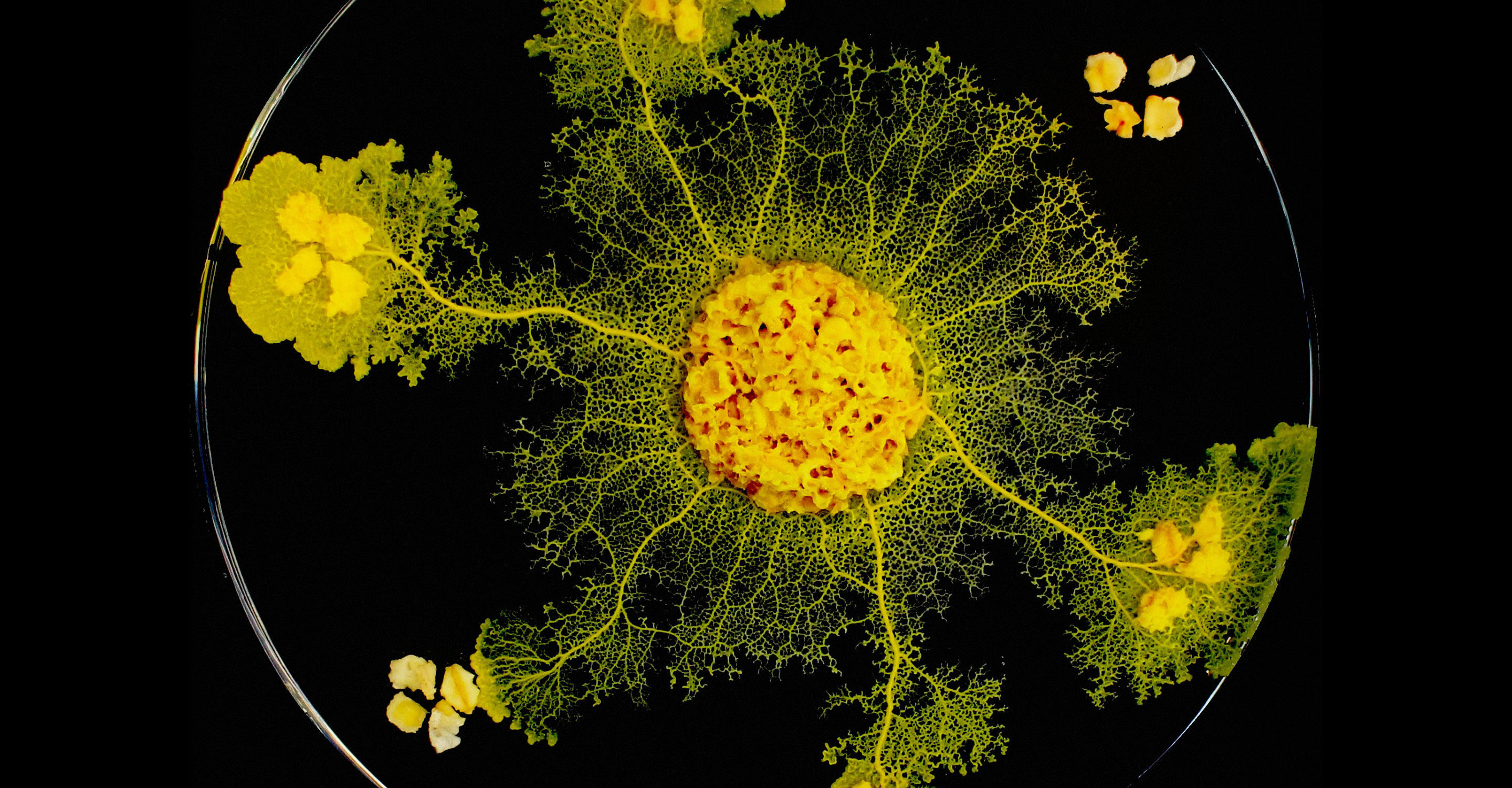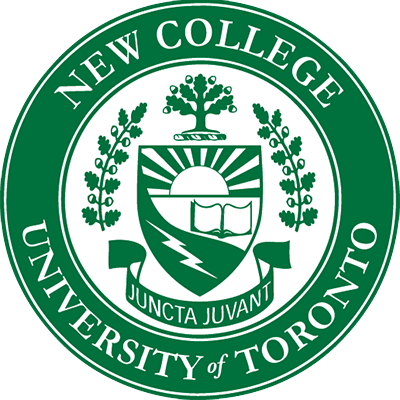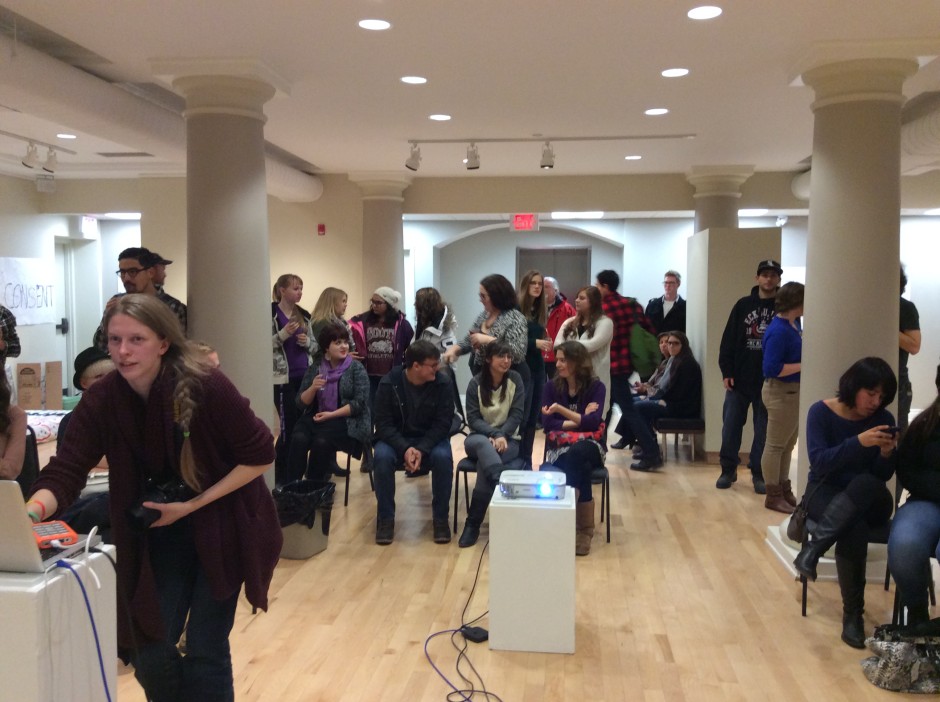I will be teaching the same course I was assigned last year at the interdisciplinary NewOne program (New College).
Except…
I decided to give it a more “contemporary” look. This decision was in part inspired by my recent foray in infrastructure study and human geography. As well, my research and my experience with ArtSci Salon taught me that there is no such thing as one monolithic, isolated “digital Technology”. Furthermore, I am sometimes surprised to see how young students don’t seem to understand that things don’t get smart by virtue of the digital; the digital is not a magic genie residing behind the walls when you plug in your computer; the digital won’t save the world…

[Re]thinking the technological city interdisciplinary: infrastructures, media and more-than-human networks proposes a new take on digital technologies:
Our urban environment is saturated with digital technologies such as high resolution screens, surveillance camera and automated road signals. From this perspective, the city looks like a programmed and programmable machinery; its behavior can be predicted and controlled according to the principles established by some well-intentioned technocrats. AI, it is said, will turn urban structures into Smart Cities. But what we often fail to acknowledge is the crucial role that other technologies, such as non-digital infrastructure, vegetation and plants networks, the proliferation of urban animals etc.. play in making the city not only a functional engine but also a living and livable entity.
This Winter course is an experiment in interdisciplinary thinking: It invites students to reconsider the above dismissed aspects as crucial and concatenated variants when studying technological innovation. Critical readings and practical experiments will examine various aspects of the city from the perspective of computer science and engineering, infrastructure studies, human geography, and plant biology. Students will use visualization tools and visual observation, ethnographic methods and artistic/creative expressions, to map and compare technological and biological systems as they intersect within the urban environment.
During the last week of the course, interdisciplinary scholar and artist Heather Barnett will conduct a special workshop focused on the city as a superorganism. The workshop will draw on notions of complex networks and will involve the use of physarum polycephalum (slime mold), a protist used in theorizing network-based systems in computing. The workshop will culminate in a collective performance and a special panel with the participation of Barnett, a Computer Engineer, a AI specialist, and members of the Guttman Lab (cell biology lab UofT). Workshop and performance will be free and open to the public.
This series of events (workshop + public performance + lecture/panel discussion) will produce research and exhibition material to be showcased at the annual New One knowledge fair on April 4 (last day of class). Selected works will be also exhibited in the art and science building (Sidney Smith) during “FACTT TO” (a sciart event organized by the ArtSci Salon collective at the Fields Institute, featuring international artists along with Barnett).
By choosing to focus on the city, this interdisciplinary course and its activities culminating in a workshop/performance encourage students in their first year to re-consider the city as a complex network and as a super-organism, rather than just as a conglomerate of self-contained and disconnected digital technologies, exhorting them to view the organic and the inorganic, and human and non-human inhabitants interacting in the city, those computationally structured and those biologically thriving within the city of Toronto as coexisting and in a relation of symbiosis. Opening these events to the public at large is crucial, as a practical demonstration of the great variety and diversity comprising complex technological and more-than-human networks in and outside the city.
Here is a link to the Project’s Documentation





